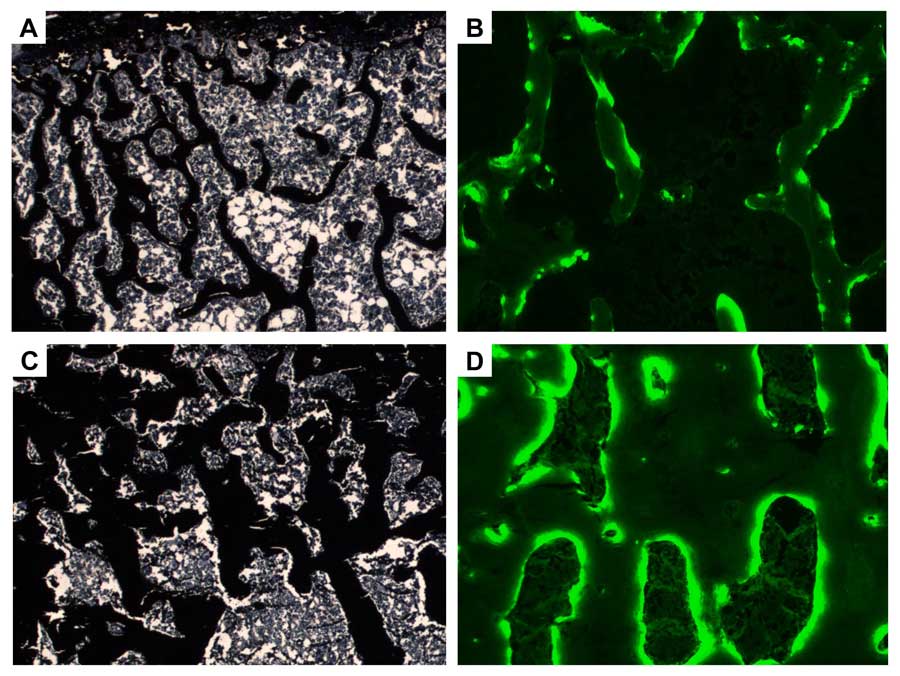Lorenz Hofbauer Group
Translational Bone Biology Research
The constant renewal of bone tissues relies on the balanced interplay of bone forming osteoblasts and bone resorbing osteoclasts. Disturbances within this balanced system can lead to severe diseases like osteoporosis, bone metastases and osteogenesis imperfecta. The major research interest of the bone lab is therefore to analyze the molecular mechanisms of the communication between osteoblasts and osteoclasts. Thereby, we focus on four different major research areas:
(I) Osteoimmunology
In the Osteoimmunology research area, we investigate the interactions between the immune system and bone cells in glucocorticoid- and arthritis-induced bone loss models. A major focus is thereby to define the role of the RANKL/OPG system and the Wnt pathways in health and disease. We found that Wnt5a represents a key osteoimmunological cytokine that confers signals from MSC to HSC.
(II) Osteooncology
We found that prostate cancer cells utilize the very same signals used by osteoblasts to communicate to other cells. In the Osteooncology field, we therefore aim to elucidate the underlying mechanisms of bone metastasis forming as a frequent complication within breast and prostate cancer. With that, we intend to identify and validate new targets to improve cancer treatment. All activities in this research take place within the DFG research consortium SKELMET.
(III) Bone Health in Diabetes
Diabetes mellitus is associated with an increased risk of osteoporosis and fragility fractures. We found that bone regeneration in diabetes is delayed due to suppressed osteoblast function and can be accelerated by sclerostin inhibition. In this research area, we study the mechanisms of bone remodelling and bone repair in a preclinical rat model of type 2 diabetes mellitus to potentially derive insights on how to improve health and life quality of patients with diabetes.
(IV) Matrix Biology and Bone Remodelling
Glycosaminoglycans (GAG) such as hyaluronan and chondroitin sulfate are the major organic extracellular matrix components in bone. We found that oversulfation of these GAGs is critically involved in suppressing osteoclast function. In this research area, we investigate how GAGs modulate osteoclast functions and bone remodelling to eventually derive knowledge on how to improve the development of new adaptive biomaterials

Future Projects and Goals
In future, we will continue our research activities in the above mentioned four research areas, thereby further strengthening our current scientific and translational experience in bone biology. In addition, we want to put special emphasis to a new interface research field: OsteoHematology. There, we together with colleagues of the hematology department aim at assessing the impact of iron homeostasis on the mutual interactions of skeletal and hematopoietic cells and at elucidating the role of the Wnt signaling pathway in this interdisciplinary research field.
Methodological and Technical Expertise
- Comprehensive characterization of bone physiology using µCT
- finite element analysis
- dynamic histomorphometry